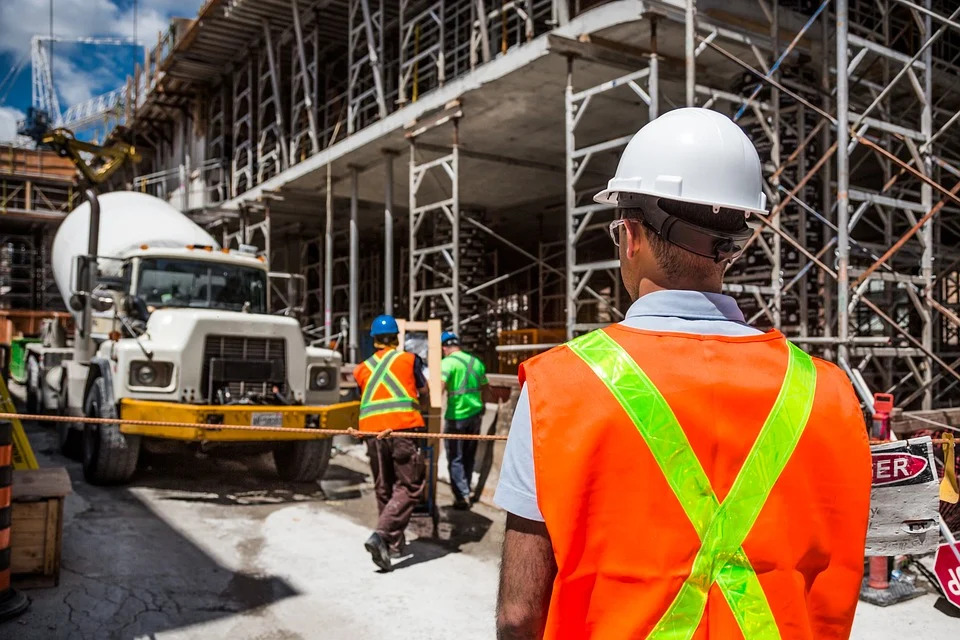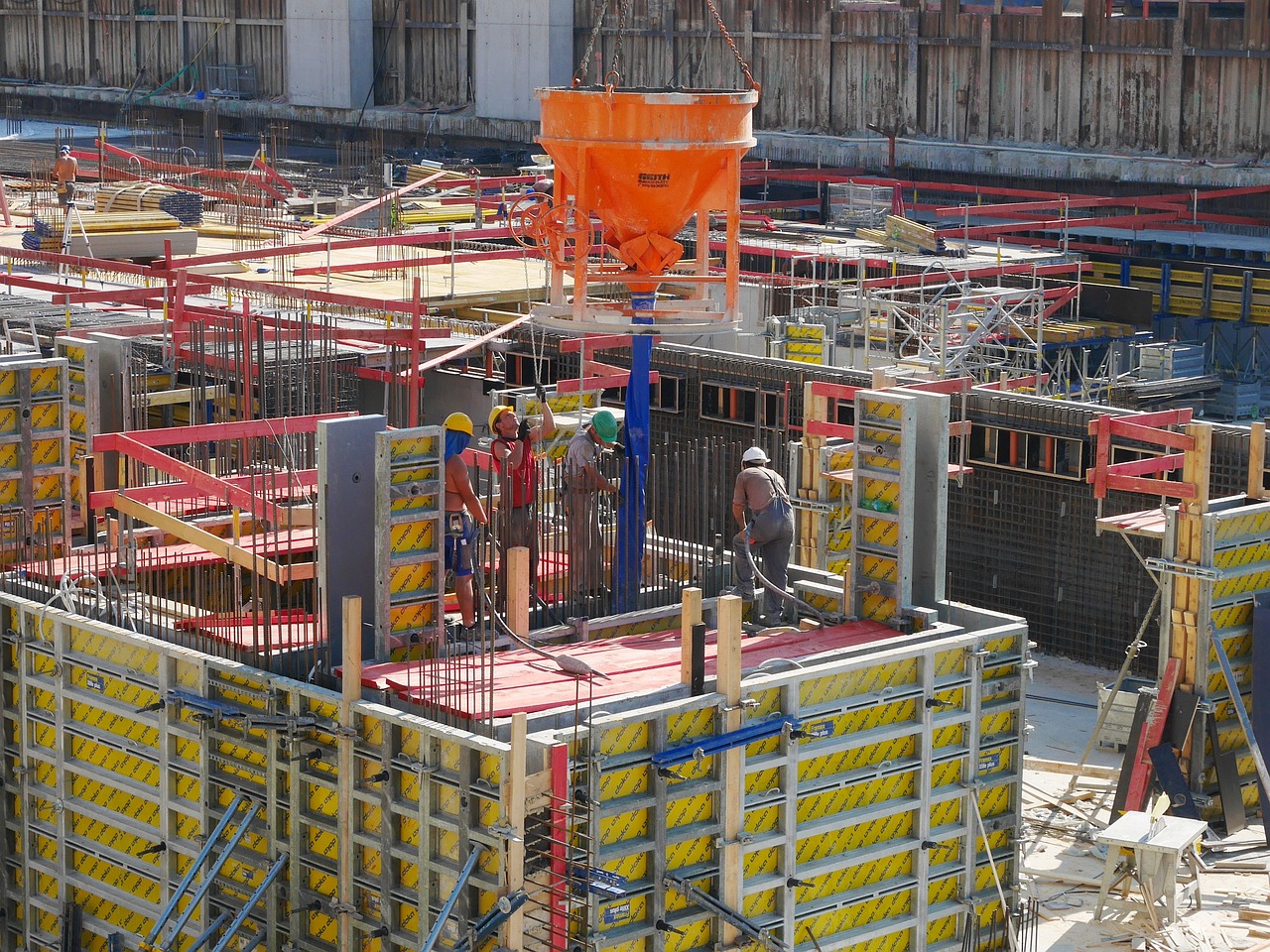Construction software solutions provide dedicated quality and safety management tools for project managers to leverage to optimise productivity, collaboration, and efficiency. Construction safety management software also standardise key quality and safety processes, which enhance compliance and adherence to specifications. In fact, integrating IoT and mapping technologies is a top priority for 32% of construction firms aiming to boost safety monitoring.
Construction software solutions also focus on delivering superior project outcomes through better quality and safety management tools. They provide an intuitive and easy to integrate solution that can be customised as per the project requirements. Developers can scale up operations seamlessly when they onboard a construction safety management software, such as Zepth. These solutions provide in-depth visibility into site safety via integrated inspections, reporting, analytics, etc.
Digitisation of Project Quality and Safety Protocols
A key benefit area of construction quality and safety management tools is the focus on optimisation through digitisation. With 72% of global developers believing it to be the key to enhancing processes and business models, critical areas such as quality and site safety are being prioritised through digital technologies. Construction software solutions provide the necessary structure and execution tools to ensure optimal output of quality and safety protocols.
Automation is also a key benefit of digitising quality and safety protocols within construction projects. Through automation, developers can improve productivity and efficiency of quality testing and analysis workflows while streamlining the process to eliminate bottlenecks. Construction safety management software solutions also provide a checklist-driven approach to ensure accountability of all core processes.
Developers also acquire risk analytics features when digitising their quality and safety processes. Through deep risk analysis, project managers can assign key risk scores across various construction stages to ensure prioritised remediation. These risk areas can be highlighted during the planning stage, and greater emphasis can be driven towards quality and safety risk management across execution workflows.
Faster Resolution of Ongoing Site Challenges
Digital technology solutions enable greater site connectivity through the empowerment of remote teams to engage with stakeholders seamlessly. Site issues can be quickly identified, through digitised inspections & automated quality reports, and resolved via better remote connectivity. This improves the overall level of collaboration within the quality and safety domain while boosting the traceability of key processes.
Construction software solutions also provide integrated workflows for corrective action. This allows greater tracking capabilities of key site issues across lifecycles. All issues are centralised within the construction software, with team members added to ensure effective, timely closure. Additionally, project managers can perform analytics initiatives on key site issues to uncover core reasons behind non-compliant construction practices.
Integrated Dashboard for Comprehensive Data View
With almost 60% of construction firms initiating their digital journey, key areas such as quality, procurement, safety, and delivery are being prioritised. Developers are leveraging IoT, robotics, drones, and AI to improve site visibility in critical site safety areas such as electrical, HVAC, material quality, foundation strength, etc. Companies need an integrated construction quality software tool to provide a dashboard-driven approach to insight management.
Integrated dashboards also improve quality and safety at construction sites through the provision of a general overview. The top-level overview of project data, in real-time, drives greater agility within the domain as well. Dashboards reference a rich data library of recorded non-compliance reports, safety snags, ongoing issues, and reformation tracking to provide a clearer holistic perspective of site safety. They also provide clarity in decision-making through the centralisation of updated quality and safety data across the project lifecycle.




